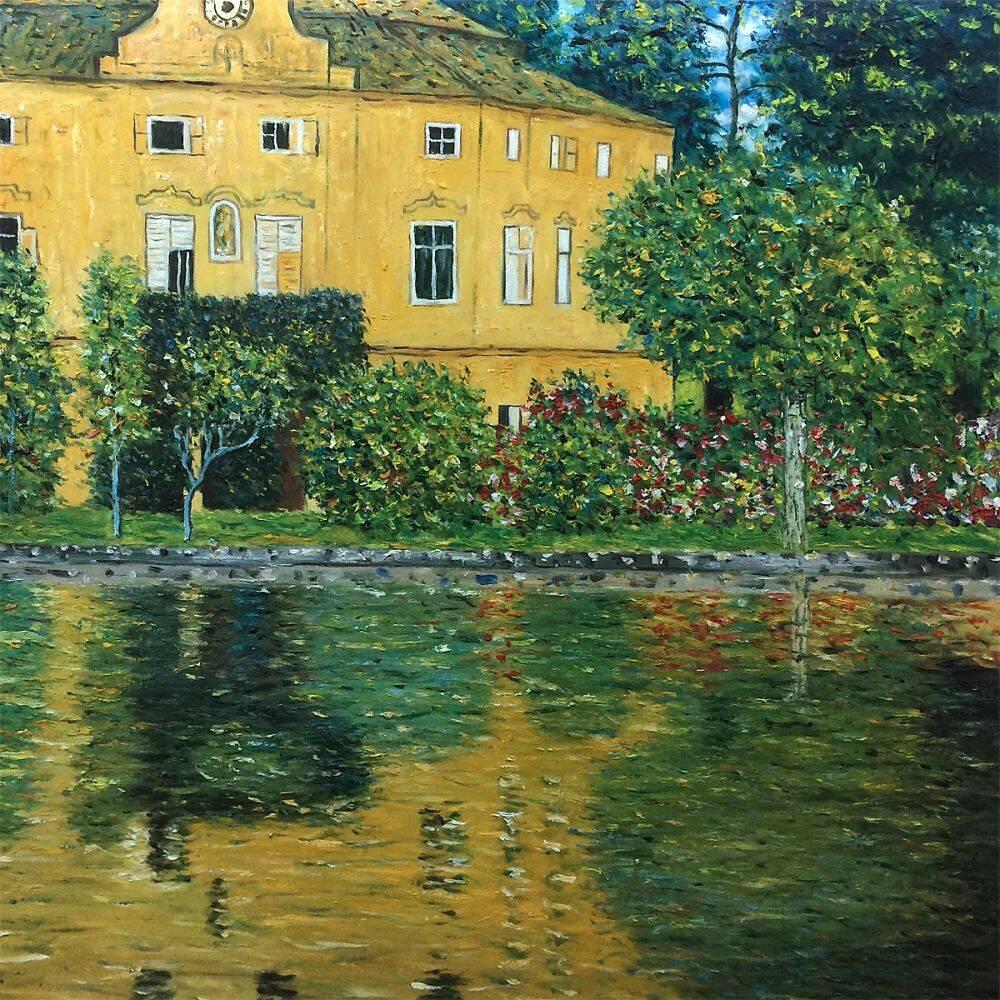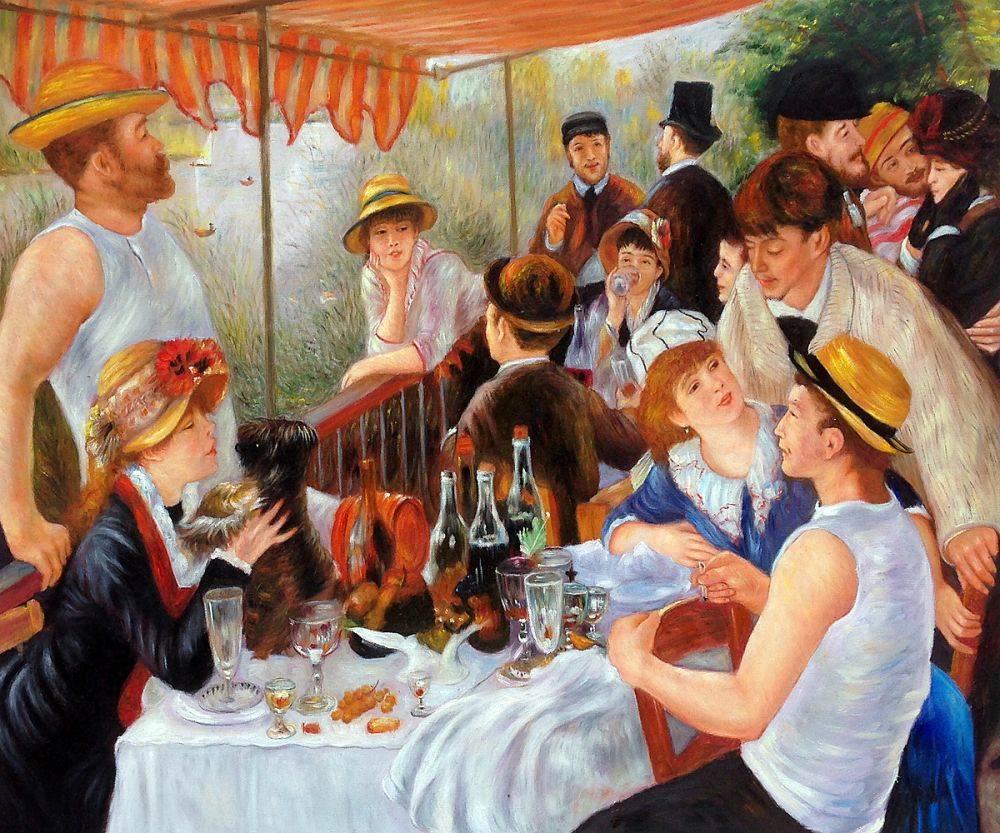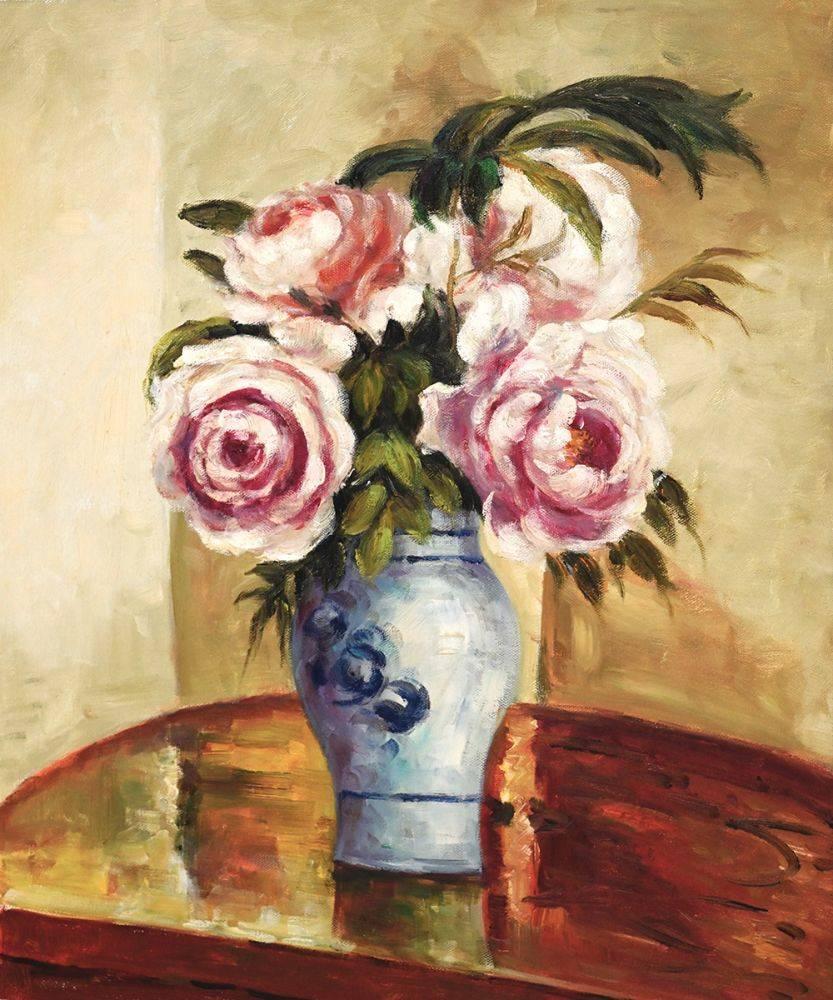Art
Art & Decor Trends
Do Babies Prefer Picasso?
 I wanted to share with you an article I found on the ARTISTbe.com facebook page about a study done on 9-month-old babies exposing the children to art at (an extremely) young age, specifically Monet and Picasso:
I wanted to share with you an article I found on the ARTISTbe.com facebook page about a study done on 9-month-old babies exposing the children to art at (an extremely) young age, specifically Monet and Picasso:
Taste in art is, of course, highly subjective. Personality, education and the norms of one’s culture all influence why one person craves Kandinsky while another has a crush on Renoir.
But what about babies, whose minds have yet to be shaped by any sort of cultural indoctrination? Newly published research finds they prefer the imagery of Pablo Picasso to the impressionism of Claude Monet.
For babies, “a painted canvas is simply a visual pattern,” writes a University of Zurich research team led by psychologist Trix Cacchione, “and some patterns appeal to them more than others.” Their partiality to Picasso’s patterns was uncovered in a series of experiments described in the journal Psychology of Aesthetics, Creativity and the Arts.
A group of 24 babies ranging in age from 269 to 332 days took part in the study, which consisted of five experiments. In the first, half the infants were shown a series of works by Picasso, while the others viewed a variety of Monets.
Immediately afterward, the young participants were shown side-by-side images of two paintings – one by each artist. Experimenters observed how much time they spent gazing at each.
Those who had been looking at Monets preferred the Picasso. This was not a surprise; it was something different and interesting. But those who had been looking at Picassos also focused on the Picasso, suggesting “a spontaneous preference for his work overrode the appeal of novelty.”
“This preference appeared to be highly robust,” the researchers write, “and was observed (in follow-up experiments) even in the absence of very obvious artistic features such as bold colors, sharp contrasts, and the presence of figurative object-like elements.”
Even when his paintings were shown in black and white, and his sharp contours were blurred, Picasso remained the infants’ clear choice.
The researchers can’t explain this definitively, but they make a strong case that Picasso’s luminance – that is, the brightness of his colors — explains his appeal to the ‘diaper-wearing’ demographic.
“Picasso used sharp and accentuated contrasts in luminance,” they note. “Monet, on the other hand, used equiluminant colors to create blurry, shimmery effects. It is possible that infants prefer paintings with clear contrasts in luminance.”
Why would this be? “Variances in luminance constitute the most basic and essential visual information about a visual scene,” the researchers write. “It is possible that infants preferred paintings by Picasso because they were easier to process, and afforded the most stimulation to their still-developing visual system.”
One can draw at least two conclusions from this research. First, if you’re decorating a new baby’s bedroom, skip the water lilies and go for the Cubist masterpieces. (You’ll probably want to avoid Guernica, which has been known to cause nightmares.)
Second, it arguably provides insight into the success of Thomas Kinkade, the much-derided “painter of light.” His nostalgia-drenched imagery may be saccharine, but the man knows something about luminance. Picasso he ain’t, but in light of this research, it’s easy to see how his work could appeal to our inner infant.




